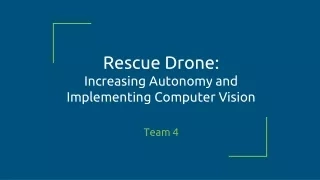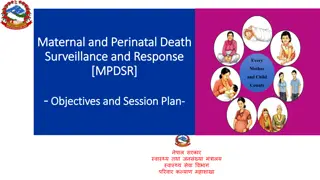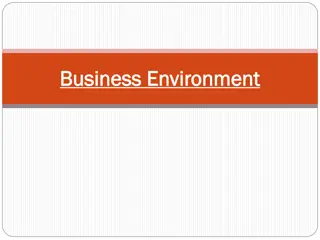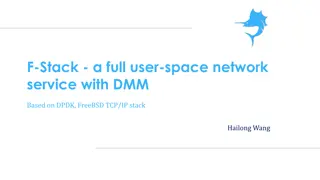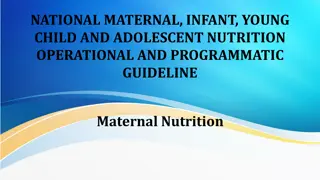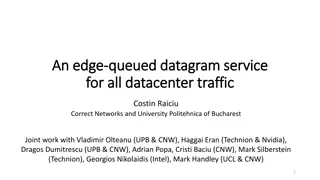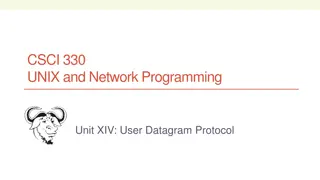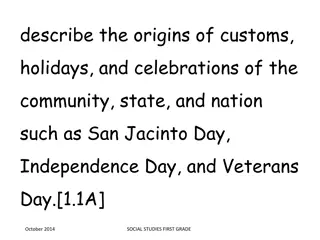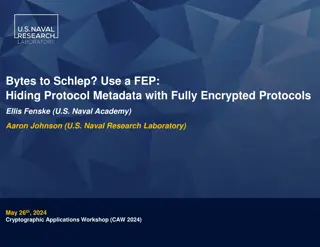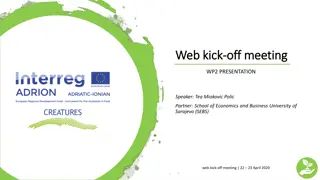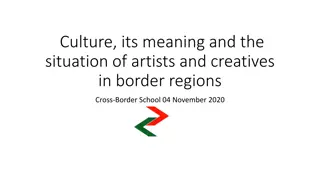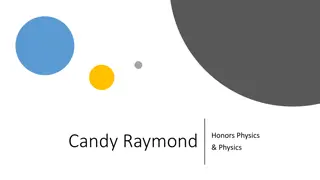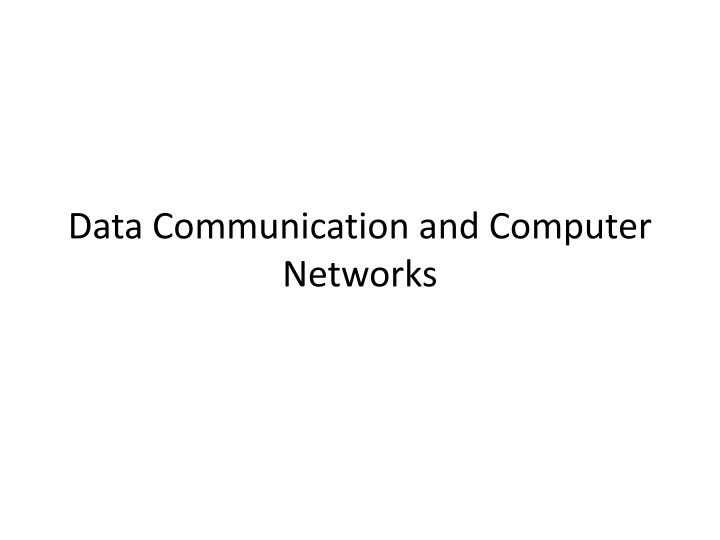
Data Communication and Computer Networks Concepts
Explore the concepts of virtual circuits and datagram services in data communication and computer networks. Learn about X.25 protocol suite and its role in packet switching across networks. Understand the differences and characteristics of virtual circuits and datagram services, along with the technologies they use.
Uploaded on | 0 Views
Download Presentation

Please find below an Image/Link to download the presentation.
The content on the website is provided AS IS for your information and personal use only. It may not be sold, licensed, or shared on other websites without obtaining consent from the author. If you encounter any issues during the download, it is possible that the publisher has removed the file from their server.
You are allowed to download the files provided on this website for personal or commercial use, subject to the condition that they are used lawfully. All files are the property of their respective owners.
The content on the website is provided AS IS for your information and personal use only. It may not be sold, licensed, or shared on other websites without obtaining consent from the author.
E N D
Presentation Transcript
Data Communication and Computer Networks
Virtual Circuits In this model in figure , the network layer provides the transport layer with a perfect channel and all packets delivered in order. A virtual path or circuit is set up so that packets can pass through over this connection. This connection can be a permanent virtual circuit or switched virtual circuit analog to leased or switched line. The characteristics are: Easier for the user host to use as the data is already in correct sequence. Circuit setup and disconnection is required each time. Sophisticated user may want to do their own error and flow control schemes.
Datagram Each message in the network is not related to any other messages. There is no connection between the sender and receiver. Transport layer of the receiver must handle error and flow control on its own. No dedicated path between the sender and receiver, The sub network accepts packets (often called datagrams) which contain sufficient addressing information so that the packets can be individually routed within he network. Basically, the user supplies the packets and the subnet transports them to the destination.
Datagram The packets are routed individually and there are usually no delivery assurance between the sender and receiver. The characteristics of datagram service are given below: Datagrams are individually routed within the subnet No delivery assurance relating to the packets as the packets can be lost, out- of-sequence, contaminated, duplicated etc. Transaction (Sending a short message), connectionless oriented (No need to establish call prior to sending data.) X.25 uses virtual circuit approach while TCP/IP Internet Protocol uses datagram.
Datagram X.25 uses virtual circuit approach while TCP/IP Internet Protocol uses datagram.
Datagram X.25 uses virtual circuit approach while TCP/IP Internet Protocol uses datagram.
X.25 X.25 is a standard suite of protocols used for packet switching across computer networks. The X.25 protocols works at the physical, data link, and network layers (Layers 1 to 3) of the OSI model. Each X.25 packets contains up to 128 bytes of data. The X.25 network handles packet assembly at the source device, delivery, and then dis-assembly at the destination. X.25 packet delivery technology includes not only switching and network-layer routing, but also error checking and re-transmission logic should delivery failures occur.
X.25 X.25 supports multiple simultaneous conversations by multiplexing packets and using virtual communication channels. X.25 was originally designed more than 25 years ago to carry voice over analog telephone lines (dialup networks). Typical applications of X.25 today include automatic teller machine networksand credit card verification networks.
Virtual Circuit Datagram Host to host address is always needed in sending the datagram (Embedded in the datagram itself) Host to host address is needed in link setup only Errors is handled by subnetwork. Host will receive the packets in correct sequence. Error checking is required by host to resemble the packet and find out the missing packets. messages may be out of order in the communication sub-network Messages passed in order to the network. Connection setup is initially required prior to sending data Connection setup is not required Is a flexible foundation to support a range of higher level protocols which can provide for additional network services Network component failure in path may affect the result Less overhead in addressing embedded in the packet Overhead in addressing Example is X.25 Level 3 Example is Internet Protocol of (TCP/IP)

